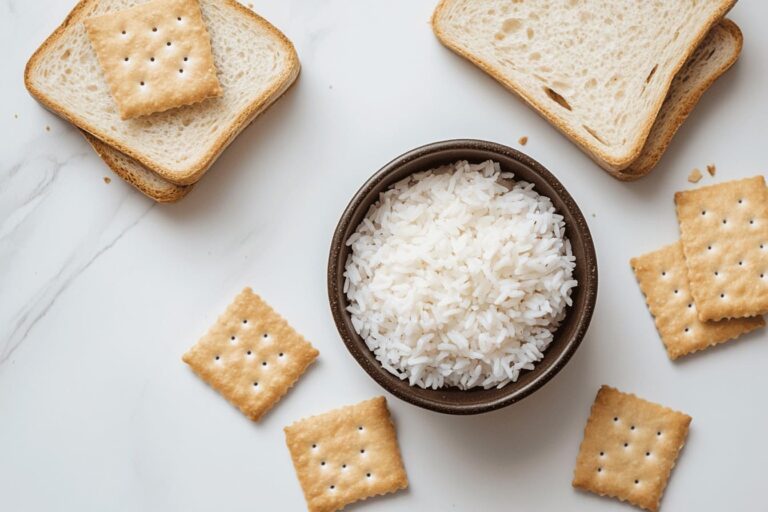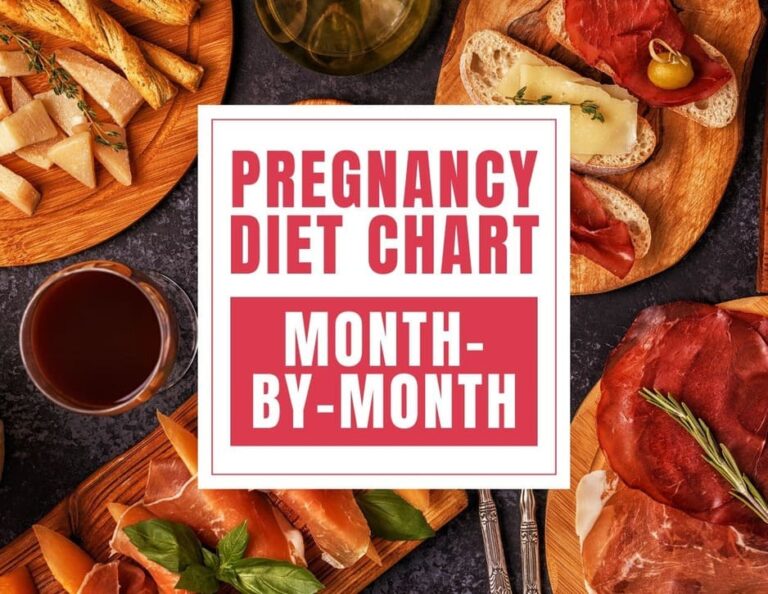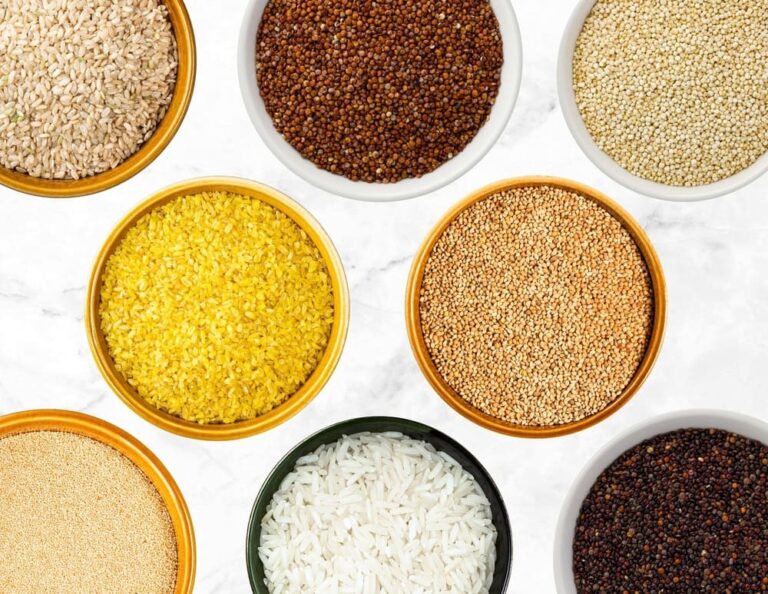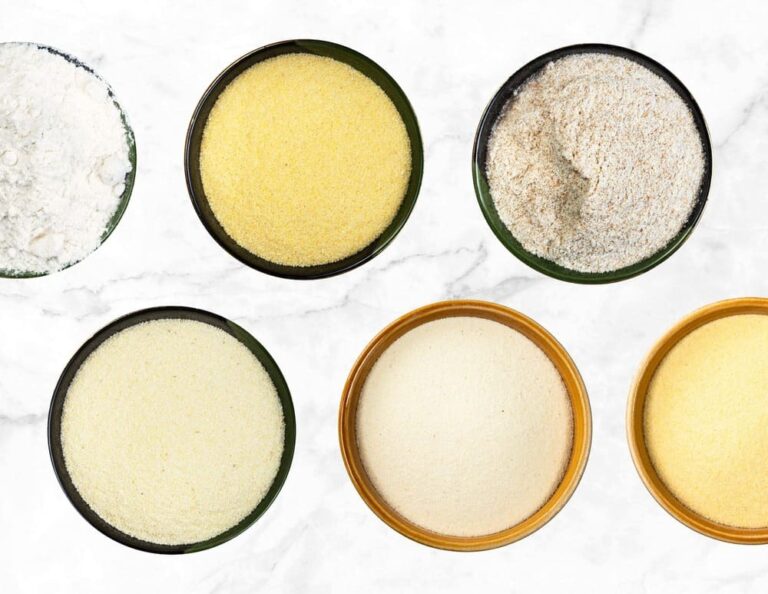13 Types of Rice with the Lowest Glycemic Index (+ Pros & Cons)
This post may contain affiliate links. That means if you click and buy, I may receive a small commission (at zero cost to you). Please see my full disclosure policy for more details.
Get the ultimate lowdown on the 13 best varieties of rice with the lowest glycemic index—from GI values, pros and cons to recipe ideas and top brands!

I’ll never forget the time I had chicken rice (with jasmine white rice) at a restaurant, only to come back with a shocking 235 blood sugar reading two hours later.
Ever since, besides boycotting that chicken rice, I’ve discovered a world of rice options that are not only tasty but also help keep my blood sugar in check.
I started seeking out restaurants that offer low GI rice. I also make sure to stock up on low-GI rice at home, specifically basmati rice.
In this post, you will learn about the best rice with the lowest glycemic index, so you can still enjoy your rice, but in a healthier way!
If you wish to explore more than just rice, I have an article about 20 rice alternatives (like quinoa, cauliflower rice, bulgur and more).
Glycemic Index
The glycemic index (GI) is like a speedometer for carbohydrates, measuring how quickly they raise blood sugar levels.
Low-GI foods (55 or less) release glucose gradually, maintaining steady energy levels—perfect for managing diabetes. In contrast, high-GI foods (70 or above) cause rapid blood sugar spikes and crashes that can leave you drained.
You can learn more about glycemic index of over 650+ foods (with free printable food list) here.
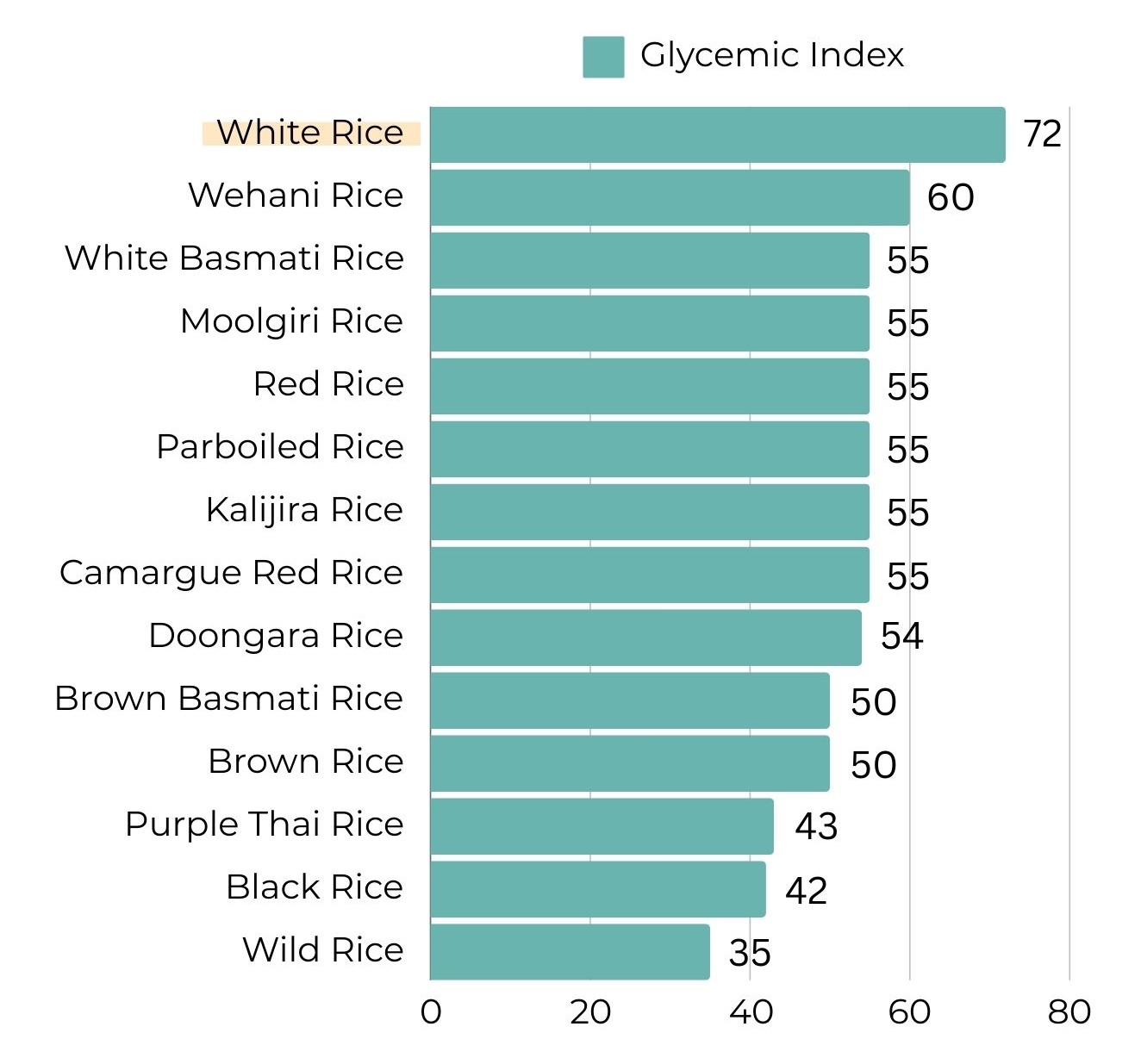
Disclaimer: The glycemic index (GI) values of rice can vary based on factors such as processing, cooking methods, and specific brands. The values provided here are general estimates. For the most accurate information, consider consulting a healthcare provider or nutritionist.
Factors Affecting GI of the Rice
- Rice Type:
- Different types of rice have varying GIs.
- Long-grain rice varieties like basmati generally have higher amylose content, which slows digestion and absorption, leading to a lower GI.
- In contrast, short-grain rice, with its higher amylopectin content, digests faster, causing a higher GI.
- Processing:
- White rice, which is stripped of its husk and bran, has a higher GI because it’s quickly digested.
- Brown rice, on the other hand, retains its bran and germ, offering more fiber and a slower digestion rate.
- Parboiled rice is partially boiled in its husk before being milled, which causes the starch granules within the rice to gelatinize and firm up. This makes the starch more resistant to digestion.
- Cooking Method:
- Overcooking rice can lead to a higher GI because it breaks down the starches, making them more easily digestible.
- Cooking rice and then letting it cool (as in the case of rice salad) can lower its GI due to the formation of resistant starch, which takes longer to digest.
- Aging:
- Older rice tends to have a lower GI compared to freshly harvested rice. This is because the starches in aged rice are less likely to be broken down quickly during digestion.
Rice, often a staple in many diets, can have a significant impact on blood sugar. By opting for rice with the lowest glycemic index, such as basmati or wild rice, individuals can enjoy their meals while maintaining better control over their blood sugar levels.
Related: Low Glycemic Index Food List with over 650+ Foods (with free printable PDF)
2 Strategies!
When it comes to managing rice intake, I’ve found two super effective strategies that make a real difference.
Portion control
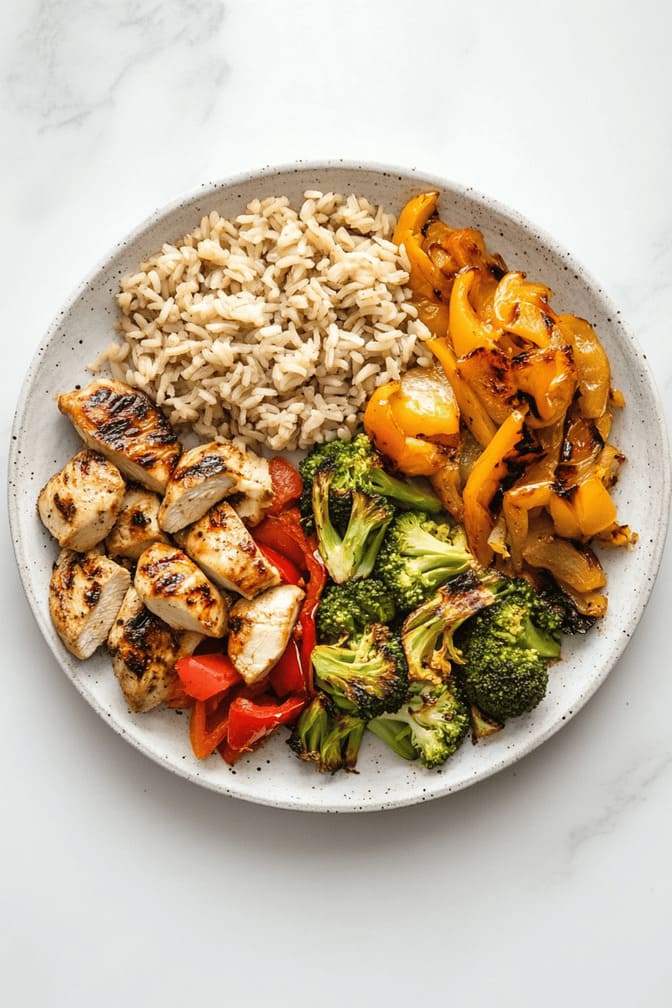
Using the plate method is a fantastic way to visualize your meals.
Picture this: fill half your plate with colorful non-starchy veggies, one-quarter with lean protein, and the last quarter with your rice of choice.
It’s not only an easy way to keep your carb intake in check, but it also helps create a balanced meal.
Good news with this: you do not have to give up on white rice!
Choosing lower GI options
Instead of reaching for that traditional white rice, think about switching it up with basmati rice, brown rice, or others.
These rice varieties are not just lower in GI; they have more fiber and nutrients, which help keep your blood sugar steady and make you feel fuller longer.
You can also explore more low-GI non-rice alternatives too.
Pro Tip: If you’re not a fan of the texture in low-GI rice varieties, try mixing half white rice with half of your chosen variety for a smoother transition!
Best 13 Varieties of Rice with the Lowest Glycemic Index
1. Wild Rice – GI: 35
Long, thin dark brown to black grains with a nutty aroma. It has a chewy texture and earthy flavor, excellent for hearty dishes and salads.
- Pros: Very high in protein and fiber, rich flavor, widely available but varies in price.
- Cons: Higher cost, longer cooking time.
- Recipes: Wild rice and cranberry pilaf, creamy mushroom wild rice soup, autumn harvest wild rice salad.
- Popular Brands: RiceSelect, Thousand Lakes
Wild rice is not technically rice but rather a semi-aquatic grass seed.
2. Black Rice (Forbidden Rice) – GI: 42
Deep purple-black grains that become dark purple when cooked. It is slightly sweet with a chewy texture, adding visual appeal and flavor.
- Pros: High in antioxidants, fiber and protein, visually striking, widely available in health food stores.
- Cons: Often pricier than other rice types, may be harder to find in regular supermarkets.
- Recipes: Black rice with mango and coconut, Buddha bowl with roasted veggies, garlic-ginger black rice stir-fry.
- Popular Brand: Yupik, RiceSelect
3. Purple Rice – GI: 43
Dark purple grains that become even more vibrant when cooked. It has a mild, slightly nutty flavor and is visually stunning in dishes.
- Pros: High in antioxidants, high in iron and magnesium, visually appealing, available in specialty markets.
- Cons: Higher price than white rice, may be harder to find in regular stores.
- Recipes: Grilled shrimp and veggies, Thai coconut rice pudding, purple rice salad with Asian dressing.
- Suggested Brand: Jasberry
4. Brown (Wholegrain) Basmati Rice – GI: 50
Long, slender grains with a light brown hue and visible bran layers. It has a nutty flavor and firm, chewy texture, perfect for hearty, flavor-packed dishes.
- Pros: High in fiber, rich in Vitamin B (especially thiamine and niacin), slow-release energy, rich flavor.
- Cons: Longer cooking time, chewier texture, slightly more expensive than white rice.
- Recipes: Hearty vegetable pilaf, spiced brown basmati and chickpea Buddha bowl, lemon herb pilaf.
- Popular Brands: Ben’s Original, Seeds of Change, Pride Of India
Basmati means “fragrant” in Hindi. It’s the only type of rice that elongates rather than puffs when cooked, making it unique for dishes like biryani.
5. Brown Rice – GI: 50
Medium to long brown grains with visible bran, giving it a nutty aroma and chewy texture. It is aromatic and pairs well with rich, spiced dishes.
- Pros: High in fiber, aromatic, widely available and relatively affordable.
- Cons: Takes longer to cook and is chewier than white jasmine rice.
- Recipes: Coconut curry with brown rice, brown rice salad with herbs, garlic-lime brown bowl.
- Popular Brands: Nishiki, Lundberg Family Farms
Does the color of rice affect its GI?
Generally, yes. Colored rice varieties like black and red rice tend to have more fiber and antioxidants. Whole-grain varieties also retain their bran and germ layers, adding fiber and reducing the glycemic impact.
6. Doongara Rice (Australian) – GI: 54
Medium-grain with a pale, slightly golden color. It has a firm, mild flavor and holds its shape well, making it great for salads and mixed dishes.
- Pros: Low-GI, holds shape, ideal for salads, retain more nutrients during cooking.
- Cons: Limited availability outside Australia, generally higher cost if imported.
- Recipes: Stir-fry with veggies, Doongara rice and bean salad, herb-infused rice with lemon and garlic.
- Suggested Brand: SunRice
7. White Basmati Rice – GI: 55
Long, delicate white grains with a polished surface and fragrant aroma. Known for being light and fluffy, It enhances the texture and flavor of pilafs and biryanis.
- Pros: Texture and flavor closest to white rice, fragrant, light, and fluffy, cooks quickly, widely available.
- Cons: Lower in fiber, higher GI than wholegrain varieties.
- Recipes: Classic chicken biryani, saffron-infused white basmati, creamy coconut basmati with cilantro.
- Popular Brands: Royal Basmati, Tilda, India Gate
8. Moolgiri Rice (Indian) – GI: 55
Medium-sized, off-white grains that soften when cooked. It has a light, tender texture and absorbs flavors well, ideal for spiced and savory dishes.
- Pros: High levels of fiber, antioxidants, and complex carbohydrates, soft texture, flavor-absorbing, affordable within South Asia.
- Cons: Limited availability outside India, higher cost if imported.
- Recipes: Traditional Moolgiri rice kitchari, spiced vegetable pulao, one-pot rice with spinach and peas.
- Suggested Brand: Moolgiri
9. Red Rice – GI: 55
Shorter, reddish-brown grains with a rough texture. It has an earthy, nutty flavor, adding depth to grain bowls and salads.
- Pros: High in antioxidants and fiber (good for heart health), adds color to dishes.
- Cons: Chewy texture may not appeal to all, less common in mainstream grocery stores.
- Recipes: Mediterranean red rice salad with feta, mushroom pilaf, spicy Thai red rice stir-fry.
- Suggested Brand: Dragonfly
Red rice gets its color from anthocyanins, powerful antioxidants that also give blueberries and purple cabbage their color.
10. Parboiled (Converted) Rice – GI: 55
Off-white grains that remain firm and separate when cooked. It has a mild flavor and a slightly firmer texture.
- Pros: Higher nutrient content than white rice, cooks quickly, affordable and widely available.
- Cons: Not as fluffy as regular white rice, slightly higher GI than other whole grains.
- Recipes: Chicken casserole, one-pan jambalaya, rice with shrimp and vegetables.
- Suggested Brands: Ben’s Original, Zatarain’s
11. Kalijira Rice (Bangladeshi) – GI: 55
Small, thin, pearly white grains that are soft and tender when cooked. Known as the “Prince of Rice” in Bangladesh, Kalijira is aromatic and delicate.
- Pros: Quick-cooking, delicate flavor.
- Cons: Limited availability outside South Asia, can be pricier as an import.
- Recipes: Kalijira rice porridge, coconut-cardamom rice pudding, spiced vegetable pilaf.
- Suggested Brand: Pran Kalijeera Rice
Known as “baby basmati,” Kalijira rice is tiny and often used in festive dishes in Bangladesh.
12. Camargue Red Rice (French) – GI: 55
Short, reddish-brown grains with a rough, chewy texture and earthy flavor. Grown in the Camargue region of France, it adds a unique taste to Mediterranean dishes.
- Pros: High in fiber, distinct flavor, available in specialty stores.
- Cons: Expensive, less common in regular grocery stores.
- Recipes: Roasted vegetables, red rice salad with Dijon, red rice with ratatouille vegetables.
- Suggested Brand: Biona
13. Wehani Rice – GI: 60
Reddish-brown, short grains that have a slightly nutty flavor. It holds its shape and has a chewy, firm texture, ideal for pilafs and grain salads.
- Pros: High fiber, aromatic, unique color.
- Cons: Limited availability and can be expensive.
- Recipes: Roasted root vegetable Wehani, spiced Wehani with lentils, nutty Wehani pilaf with cranberries.
- Suggested Brand: Kalustyan’s
Disclaimer: The glycemic index (GI) values of rice can vary based on factors such as processing, cooking methods, and specific brands. The values provided here are general estimates. For the most accurate information, consider consulting a healthcare provider or nutritionist.
Preparation and Cooking Tips
- Rinse for Perfect Texture
Rinsing rice removes excess starch that can make it sticky. For varieties like basmati, jasmine, or wild rice, give it a thorough rinse until the water runs clear. - Soak for Uniform Cooking
Some varieties, especially brown, red, and black rice, benefit from a soak (30 minutes to overnight) to soften the grains and reduce cooking time. - Season or Infuse Flavor
Add a pinch of salt, a splash of oil, or even spices like bay leaves or cardamom pods for aromatic varieties. - Perfect Water Ratios
For fluffy rice, stick to water-to-rice ratios. Use 1.5 to 2 cups of water per cup for long-grain and medium-grain varieties, but 2.5 to 3 cups for tougher grains like wild or black rice. - Rest for Perfect Texture
After cooking, let the rice sit off-heat for 5-10 minutes with the lid on. This helps any remaining moisture settle, yielding fluffier, non-sticky grains. - Fluff with a Fork
Use a fork to gently fluff the rice. Avoid stirring, which can make some varieties like jasmine or basmati too sticky. For varieties like black and red rice, fork-fluffing helps separate grains while keeping the hearty texture intact. - Batch Cook & Store Right
For easy meal prep, cook a batch and refrigerate in airtight containers. To reheat, add a splash of water and microwave covered for steam that brings it back to life. - Add Protein and Fiber
This is a great way to lower the glycemic load and help manage blood sugar. Try adding sesame seeds, mixing in legumes or beans, or pairing rice with leafy greens or lean proteins. And if you miss the texture of white rice, blending it with brown rice is a great option (one of my go-to moves!)
High-GI Rice to Avoid
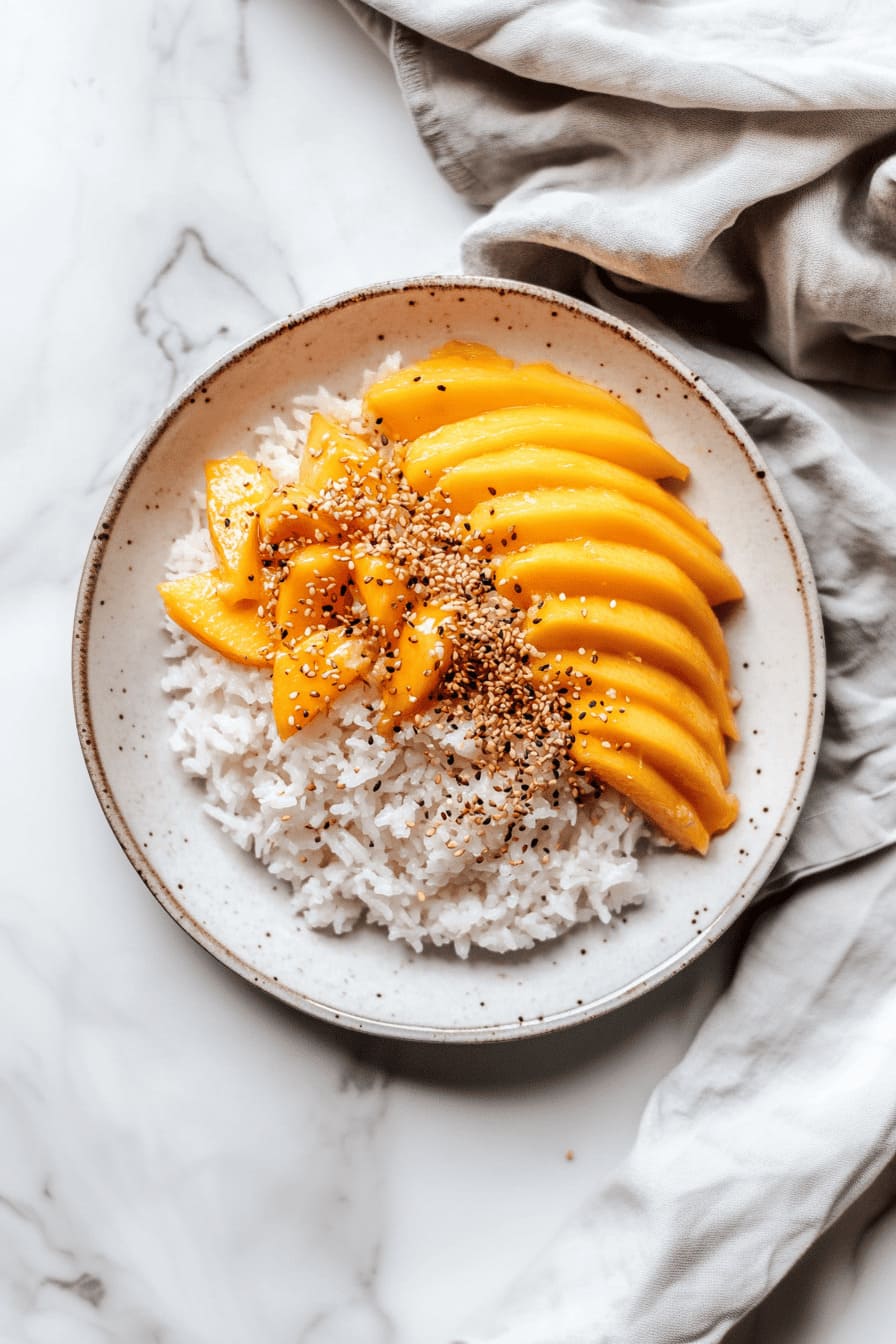
If you can’t avoid high-GI rice completely, try cutting the portion in half or pairing it with plenty of lean protein, leafy greens, or healthy fats.
- Short-grain white rice (Calrose) – GI: 68-83
- Instant white rice – GI: 85
- Jasmine white rice – GI: 70
- Sticky or glutinous rice – GI: 90
- Arborio rice (used for risotto) – GI: 70
- Sushi rice – GI: 89
Pro tip: Eating vegetables first, followed by protein, and finishing with carbohydrates can reduce blood sugar spikes by up to 30%!
Frequently-Asked Questions
What is the safest rice for diabetics?
Wild Rice, Brown Basmati and Black Rice are excellent choices due to their low glycemic index and high fiber content.
Which rice has the lowest sugar?
Most rice varieties, including wild rice, brown basmati, and black rice, contain minimal to no sugar (0g per cup).
Which rice has the lowest glycemic?
Wild Rice (GI: 35) and Black Rice (GI: 42) have the lowest GI. Parboiled Rice (GI: 48) is also a great choice for slow glucose release.
If you wish to explore more than just rice, I have an article about 20 rice alternatives (like quinoa, cauliflower rice, bulgur and more).
Conclusion
When you’re managing blood sugar, the rice you choose can make all the difference.
Opting for low-GI varieties like wild rice, black rice, and brown basmati rice allows you to enjoy the flavors and textures you love without spiking your blood sugar.
And if you’re ready to level up your food choices, don’t miss my Low GI Food List, featuring over 650+ foods from vegetables, fruits, grains, proteins, fats, and common seasonings.
It’s the most complete, expert-curated guide out there—Google won’t have anything better.
Grab yours today, and start making smarter, delicious choices for your health!











